There can be your advertisement
300x150
How to Make a Stylish Interior: Principles of Cult Designers
Vibrant, bold eclectic interiors have long taken over the world. It seems like anything goes, but you need to approach the process with wisdom. We tell you how cult designers do it and which principles in their work you can take note of.
Don't be afraid to mix styles
In recent years, designers have increasingly moved away from "pure" styles and mixed them with each other. This gave birth to eclecticism, fusion, and kitsch. For those not ready for serious experiments, eclecticism is perfect — it's a gentle blend of two or three similar styles by spirit, such as classicism and baroque.
For more daring experiments, fusion is ideal: a mix of details from different countries and eras. And finally, kitsch, which offers mixing anything — without rules or restrictions.
Marcel Vanders — a cult Dutch designer from Amsterdam — never sticks to one style in his work. He is convinced that success can only be achieved through experimentation.
Minimalism, art deco, loft — these are not dogmas but sources of inspiration that will help you create your unique and harmonious space. Fixing one style is the same as stopping life.
What principles of Marcel Vanders can we use?
Designer believes that each room's interior should be universal, so you always feel comfortable in it. Therefore, mix directions — classicism blends well with modernity if you gradually introduce elements of another style.
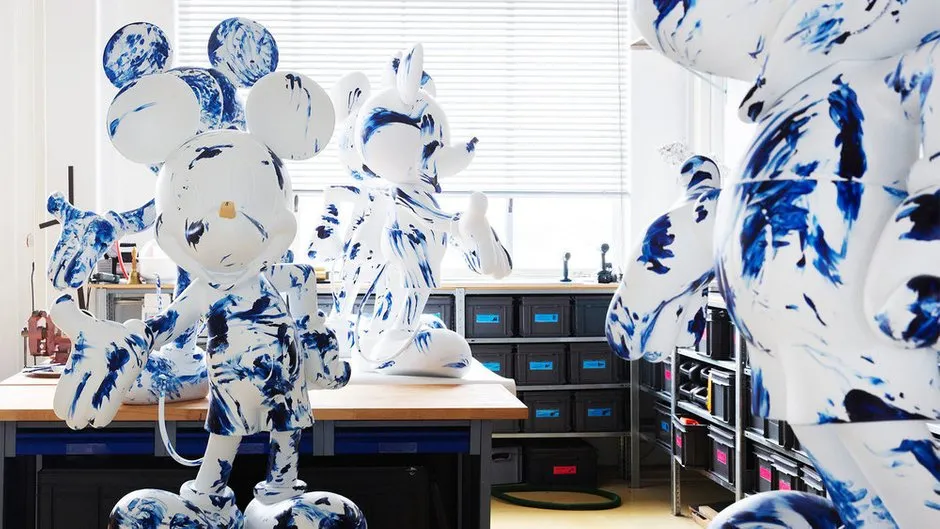
Soften a calm color palette with bright accents — use colorful furniture, decor and textiles. And vice versa, vibrant finishes are beautifully complemented by details in restrained tones.
For example, in decorating the Modrian Doha hotel network in Qatar, Marcel combined the familiar classicism with Arabic and modern styles. A neutral light palette was enhanced with carved decor — moldings and cornices on walls and ceilings. If desired, the ceiling can be left in its original form and limited to carved cornices.
Approach interior decoration with a touch of irony
This fun tip might seem strange at first glance, but it's exactly what helped most cult designers achieve success. For example, Nikki Heslem — a British decorator (by the way, favorite decorator of Prince Charles) and globally renowned designer.
Despite being recently 80 years old, Nikki always approaches interior decoration with humor. When asked about his work, he always calls himself a decorator because the word "designer" seems too technical to him — Nikki himself loves to decorate interiors.
I like to use "wrong" items in interiors — they give the setting a special character. Accents should be unexpected, and this is always interesting to experiment with.
What principles of Nikki Heslem's can we use?
The designer advises experimenting more with forms. You can use modern or classic furniture with clean lines and add a couple of unconventional items. Then the setting won't look too "serious".
Look at the photo: an original-shaped lamp draws all attention. Without it, the interior would have seemed luxurious but ordinary. Geometric forms added individuality to the space.

Mix expensive and budget materials
It seems like you can only create a beautiful interior with an unlimited budget, but architect Alexander Glikman holds a different opinion. He started his career in Russia, but thanks to an unconventional approach in work, he opened an architectural bureau in Italy and now works with clients all over the world.
The designer believes that having a large budget does not guarantee an excellent result. Sometimes you can get away with small tricks, which nobody will notice anyway.
To avoid a heavy impact on your wallet during renovation, use imitations of classic details made from budget materials — for example, from polyurethane.
What principles of Alexander Glikman's can we use?
For the designer, harmony is key: if you're using mass-market items or materials, always complement them with something exclusive — these details can be the main accent.
For example, walls and ceilings can always be decorated with photo wallpapers or carved decor made from inexpensive materials — the effect will not be any worse. Polyurethane and false panels moldings can replace expensive wooden ones. Tiles can be chosen to look like marble or laminate laid as if it were parquet boards. Furniture from mass-market can be appropriately supplemented with a couple of antique items.

Summing up: what is important in creating a stylish interior?
Mixing different directions — if you want the interior to look "alive" and dynamic.
Playing with color, light, and textures — you will enjoy being in the room at any time of day and under any circumstances.
Experiments with forms — simple lines can always be supported by more interesting solutions. They add individuality to the setting.
Using items and materials from different price categories. This will help you keep your budget.
A touch of irony — with such an approach, new and interesting ideas will come to you. And the renovation process won't seem too complicated.

More articles:
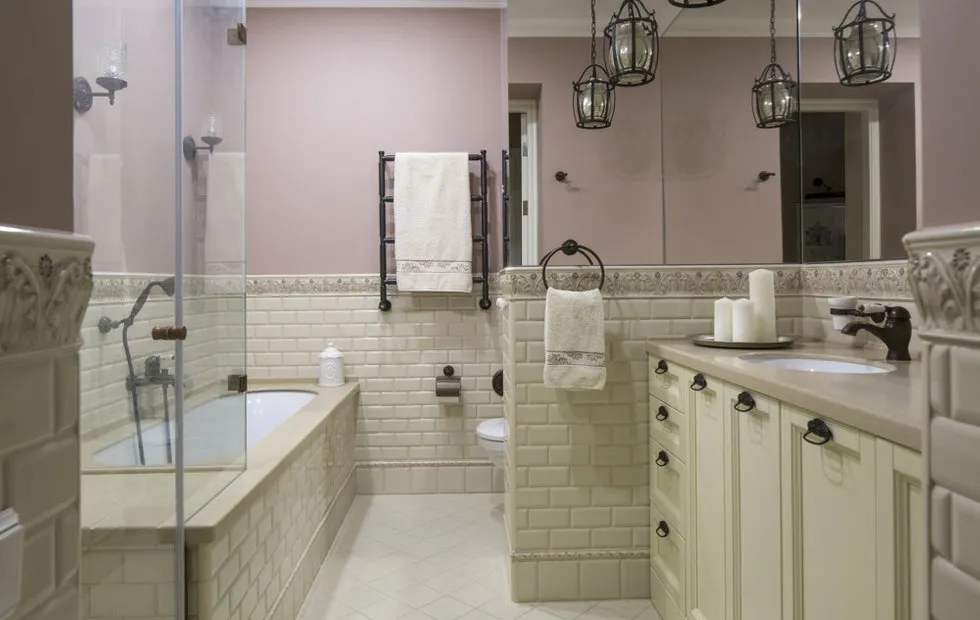 Bathroom Redesign: How to Do and Approve It Correctly
Bathroom Redesign: How to Do and Approve It Correctly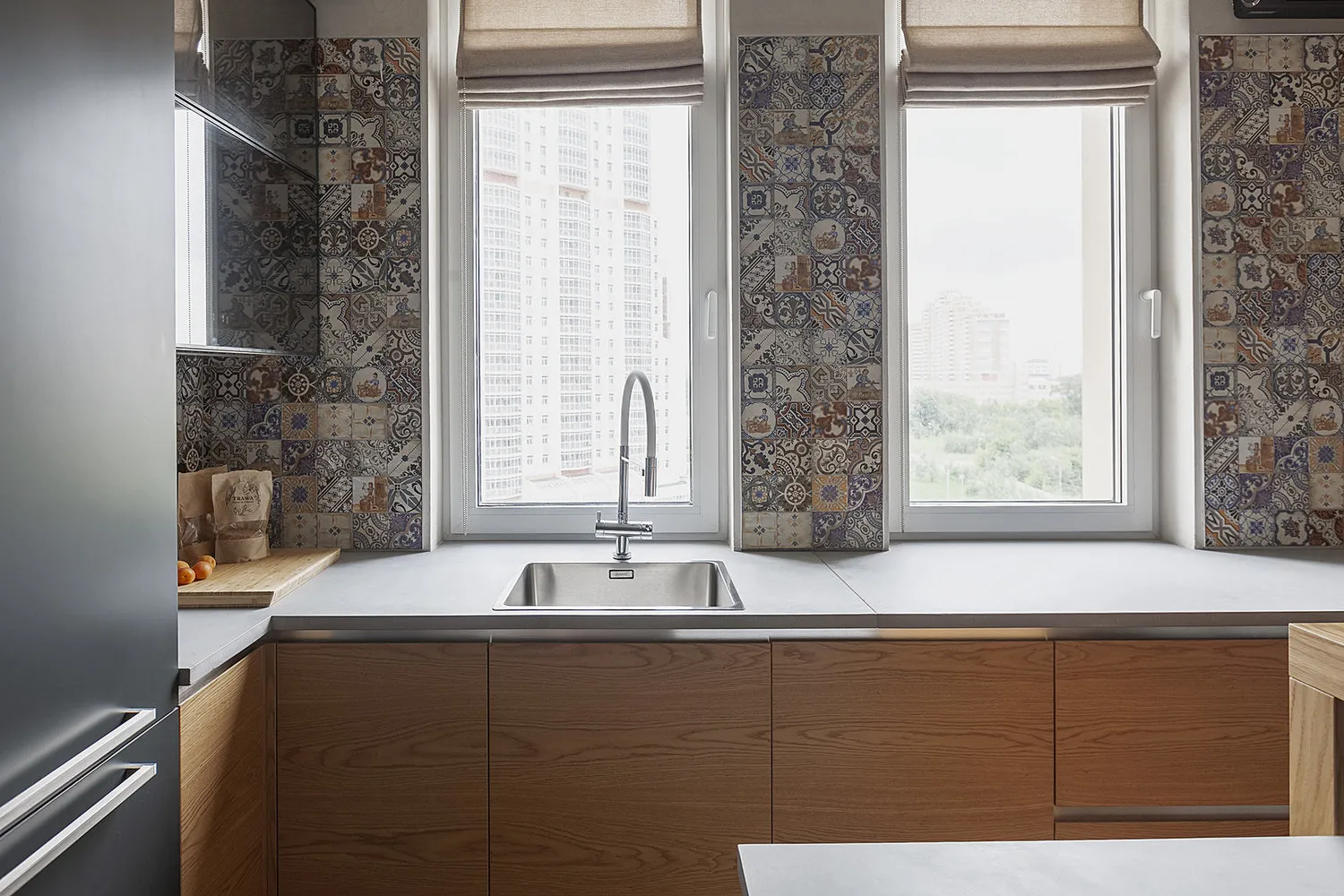 Sink by the Window: Pros and Cons
Sink by the Window: Pros and Cons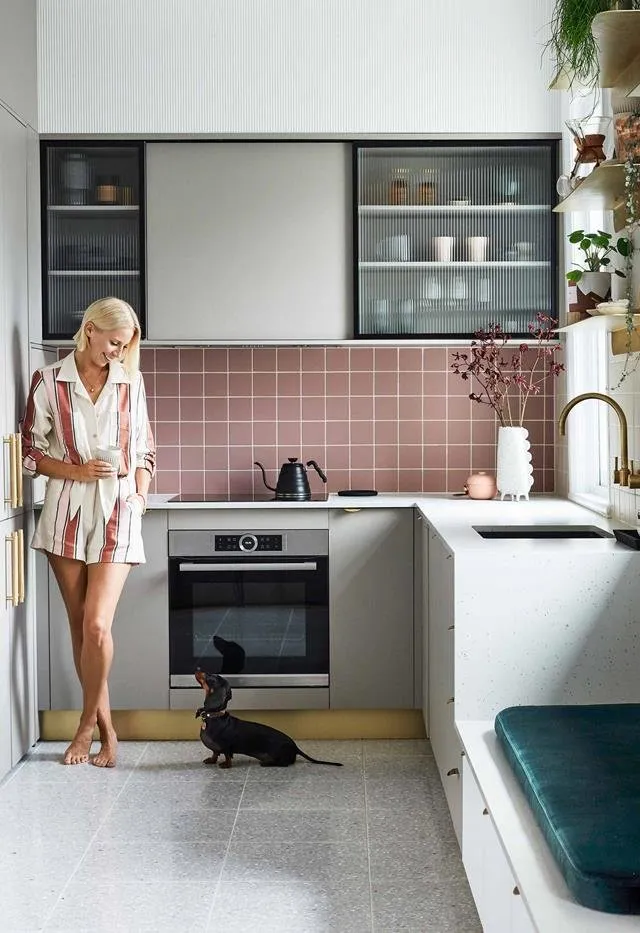 Small Apartment Remodeled in 2 Months
Small Apartment Remodeled in 2 Months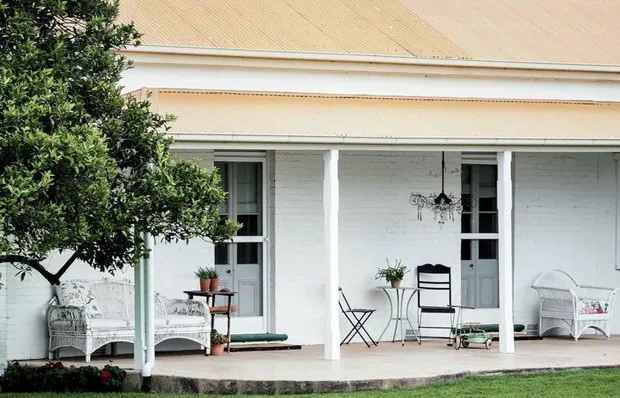 How a Historic Estate Was Transformed Into a Cozy Cottage
How a Historic Estate Was Transformed Into a Cozy Cottage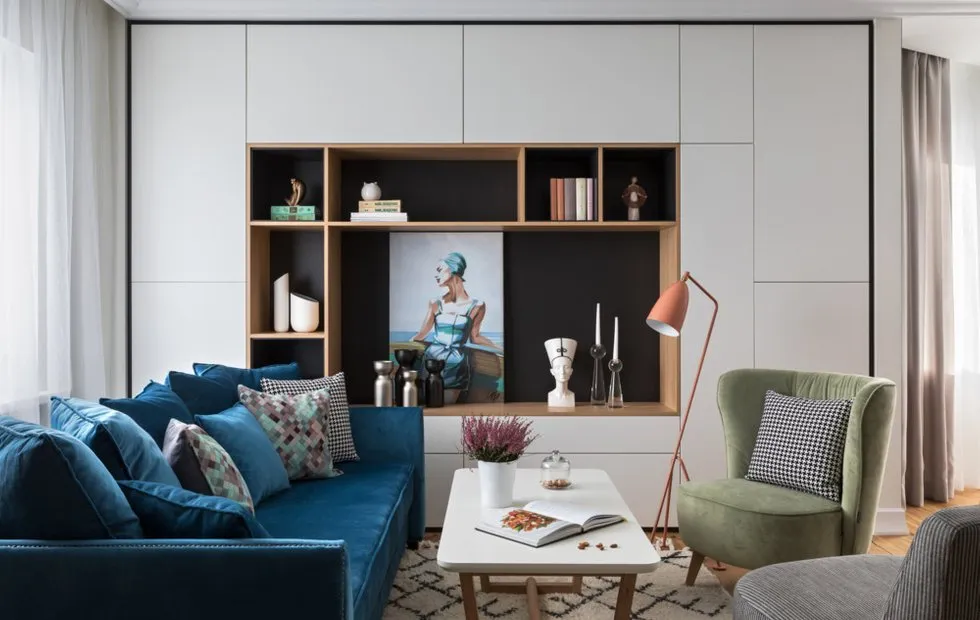 Redesign: How a Studio Was Created from a Small One-Room Apartment
Redesign: How a Studio Was Created from a Small One-Room Apartment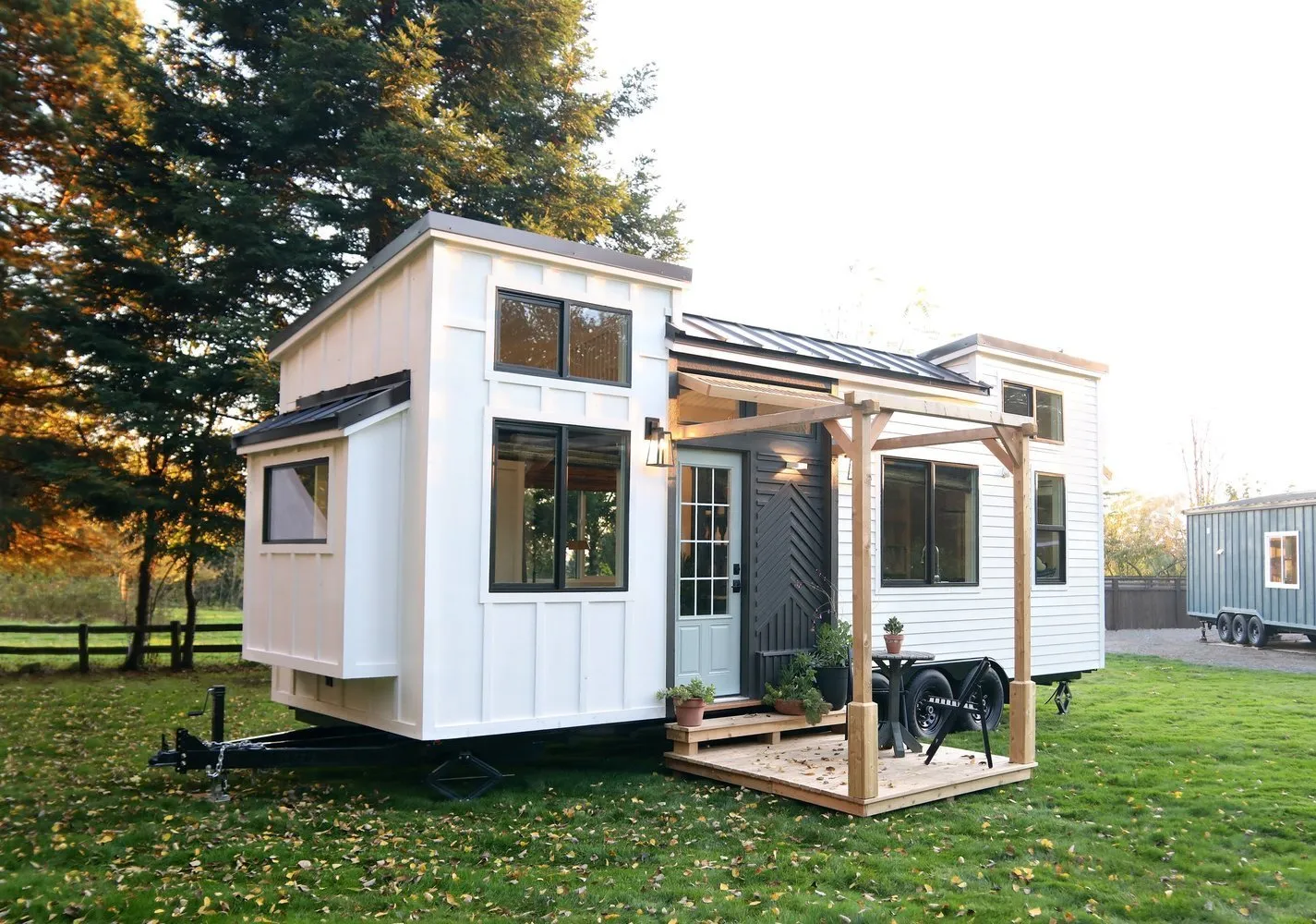 How a Mini House Became a Subject of Neighbors' Envy and Turned Owners into Millionaires
How a Mini House Became a Subject of Neighbors' Envy and Turned Owners into Millionaires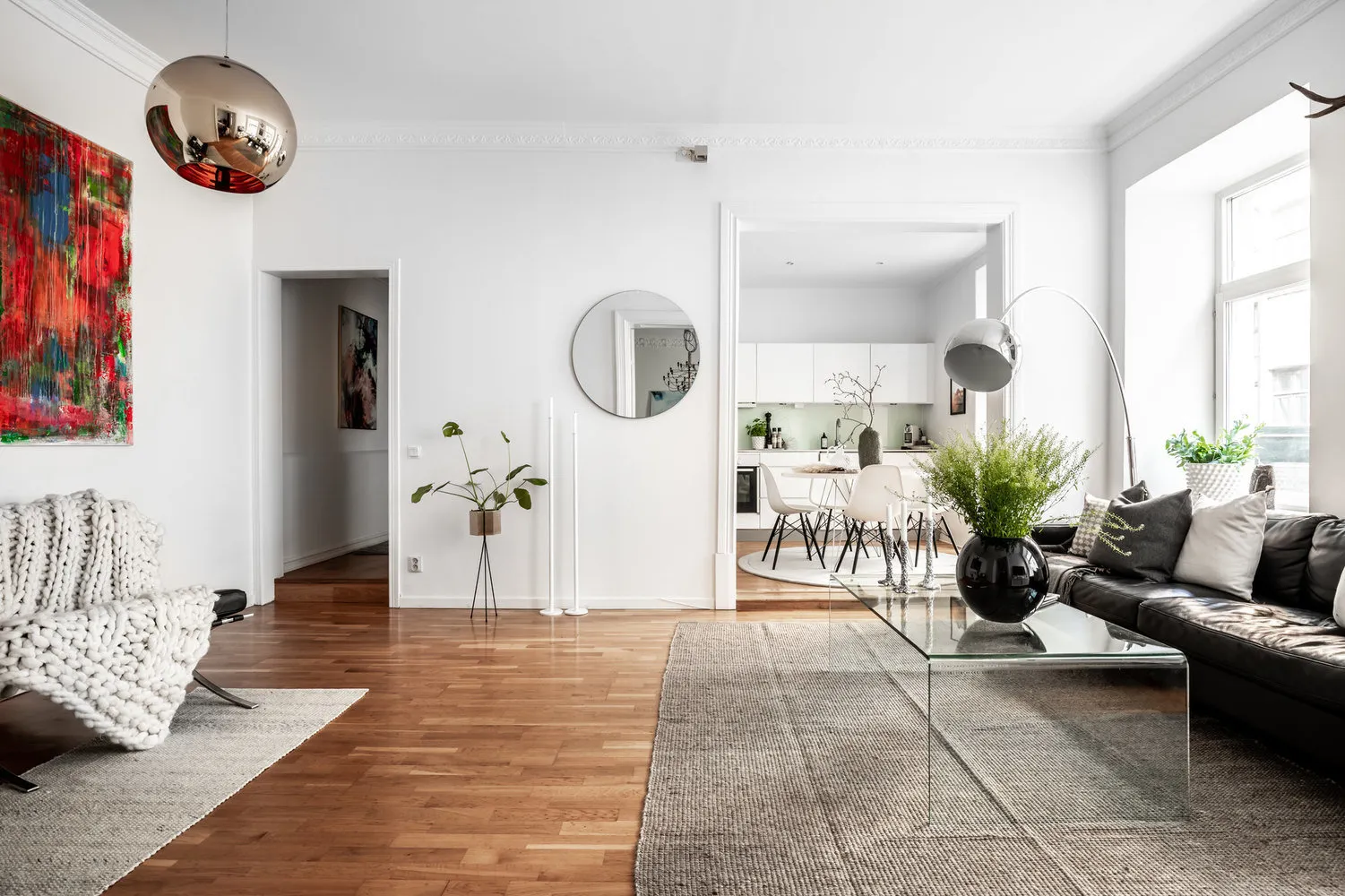 How Was a 200-Year-Old Apartment Restored?
How Was a 200-Year-Old Apartment Restored?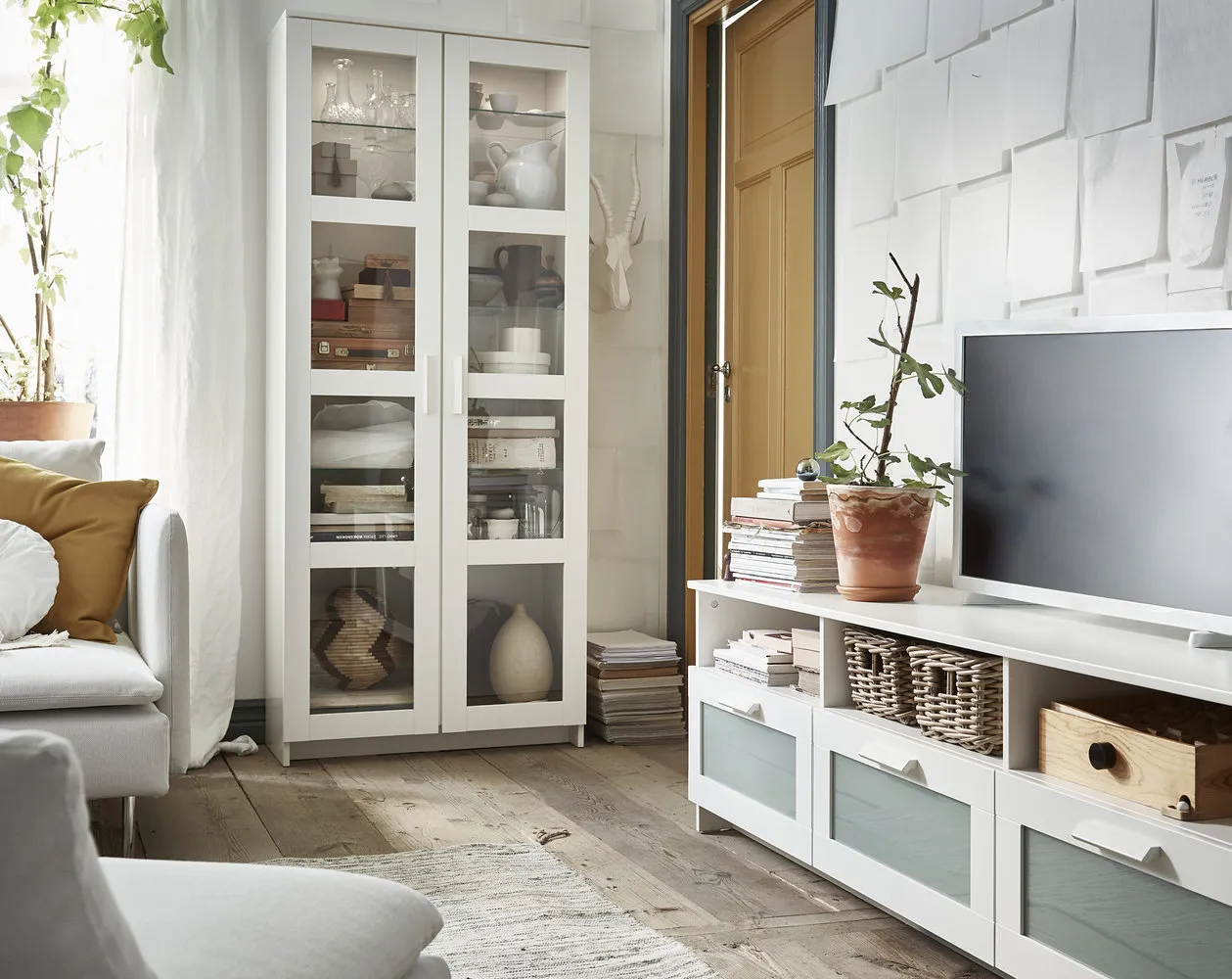 IKEA Sale Again: 10 Items at Great Prices
IKEA Sale Again: 10 Items at Great Prices